Design Thinking: The Need for Empathy
The idea behind design thinking is to address the user problems and ensure that the user’s needs are in focus during the different design process phases. it does not matter which design process model you apply in your business; IDEO model, d.school design thinking, double diamond, or IBM design thinking, they are all designed to address user problems and solve it through a number of phases that start by exploring the problem and move forward to build a prototype of the product that aims to solve it.
Building a user-centric product becomes more and more important especially with the increasing competitiveness in the markets where each company strives to add a value to its product through innovation. The figure below indicates that in order to achieve the user-centered design in a product, three main components should be considered in the process; feasibility (business), viability (technology) and desirability (user). While the design thinking process can help designers to focus on the users’ problems, it takes more than the just number of research methods to understand the user needs, it requires so-called empathy.
Related articles:
- Service Design Thinking: Putting Your Consumer First
- How Design Thinking Approaches Problems
- Design Thinking Case Study: Innovation at Apple
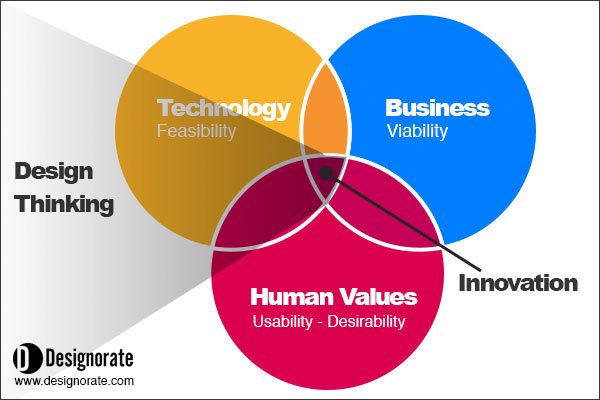
Empathic design is an approach that aims to go beyond the numbers and understand the people’s problem by putting our ourselves in their shoes, learn more about their lives, what they love and hate, and how their lives can be improved through design. The empathic design focuses more on the emotional experience that the users have when facing a specific problem.
Why Should we Care about Empathy?
The nowadays competitive market increased the challenges for firms especially the small and medium enterprises (SMEs) to achieve success. Many companies are focusing on innovation in order to add new values to their product. However, many products are introduced with new features that no one wants, it makes the product more complex and less usable. Introducing a new product that doesn’t really touch people’s real-life needs can turn to be a failed product; an end that no company wants to reach.
As described by the IDEO paper, Empathy on the Edge, what empathic design do is to respond to people’s unexpressed and unmet needs. The output of understanding the user empathy can be transformed to a value proposition that can be added to the project business canvas model and plan. This added value can have a positive impact on the product innovation and subsequently the profitability that business can achieve from the newly offered product or feature.
Empathy in the Design Thinking
As mentioned earlier, the design thinking process aims to focus on the user needs and problems to provide a solution in a form of a new product or service. Also, it can exceed the visible problems to address needs that user may not express in the user experience research process by understanding how to make their lives much easier. The empathy addressed in the design thinking process can be divided into three phases; before the production, during the process, and after the product delivery.
Before the Production
This section is represented in the Empathy phase, the first step in the design thinking process. At this research stage, the team investigates the user needs through a number of both qualitative and quantitative research methods. Amongst these, some research methods can help the team to understand the user emotional experience such as the following as:
Observation
in order to achieve empathy, the IDEO highlighted the observation as one of the effective methods to understand the user’s experience by visiting the people in their places and try to feel their emotional experience in life in order to understand the experience they face and how can design solve it. In another example, IKEA’s design manager Marcus Engman highlighted that IKEA’s designers travel to people’s homes and see how they use different types of furniture in order to observe their problems and try to solve it through their innovative products.

Interviews
Face-to-face interviews in the users’ own home or work can give much information about the users’ impressions and feelings about specific product or experience in their life. The face-to-face meeting with the users in their comfort zone helps the interviewers to see their face impressions, voice tone, and their living environment which can be considered in the product solution.
Journey Maps
The consumer journey maps are one of the practical methods that can tell us about the problems that the user face when using a specific product or visiting a specific store. It aims to identify the points where the user face problems and how to use the analysis of these pain points to address in the proposed solution. However, the journey maps are more suitable with service design or retail design.
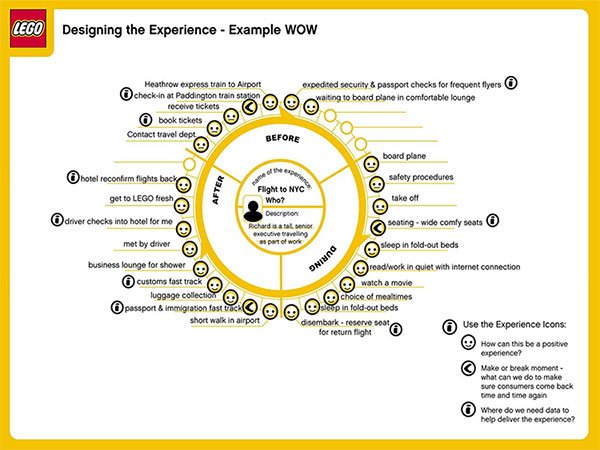
After the collecting of the raw data using the above methods, the design team analyze the available information and build a persona empathy map, which is a persona that focuses on the user feelings rather than the demographic information. The persona includes data about what the users think and feel about the current experience.
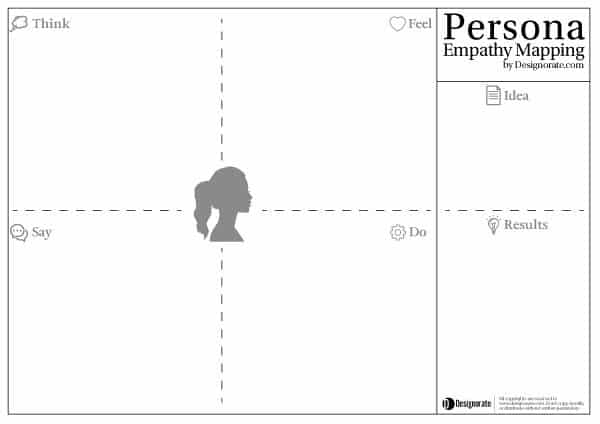
During the Design Thinking
The design thinking process consists of a number of phases; Empathy, Ideate, Define, Prototype, and Test. The prototype stage aims to build a testable product sample that reflects the problem that is defined during the Define phase. In order to ensure that the prototype of the product is meeting with the user desire and expectations, the prototype should be tested by a representative sample of the users in order to get their feedback and impressions about the product.
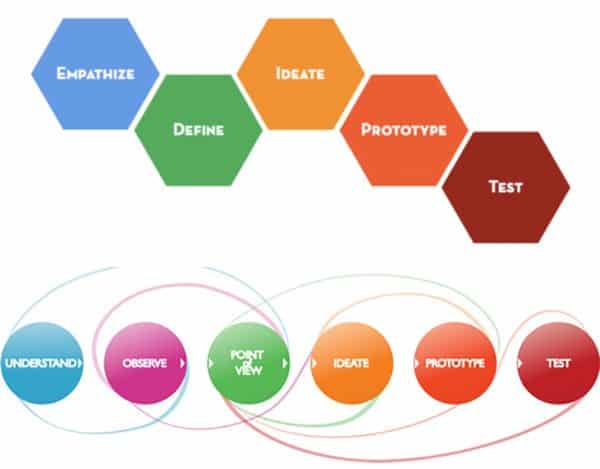
The users’ feedback is used in the iterative process in order to improve the prototype before the final production. if the team doesn’t have a testing group, one of the methods that can be used to receive feedback from the users is to provide an alpha version of the product and allow small group of users to test, give feedback, or report a problems. the alpha version is one of the commonly used methods in digital products design.
After the Product Delivery
As the IBM design thinking model highlights, there is nothing called final product. All the products are prototypes in the always iteration process. After the product is delivered, it is tested by the different users who give feedback that can be used to improve the product in the future. In order to ensure maintaining the empathy in the future improvements of the product, the feedback should include learning about the emotional experience for the users when dealing with the product in their everyday life and how do they like to see it can be improved. Also, the user feedback is helpful to understand the new features they need in the product to keep it updated with their needs and expectations.
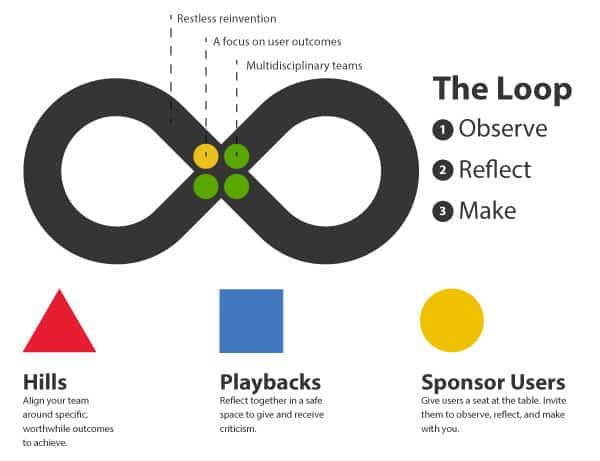
The empathic design is a challenging factor to address in product development , yet it can be rewarding in terms of profitability and competitiveness. Companies who can understand the unmet needs of their consumers can achieve innovation and improve their position in the market through creating products that address these needs. Empathy can be reached through applying a design process that considers it before, during, and after the production. it is very important to use the proper tools and methods to understand what the user feelings and experience in order to address it in the final product delivery.







Why does this picture advertising this article on twitter show a caucasian woman hugging a child of African descent? Why can’t you show a caucasian woman hugging a caucasian child, Syrian child, an Asian child? This is disgusting and is a part of the global system of racism. Please change this image.
Dear Sheryl, thank you for your comment and I will mention this to the editor to change it. The choice of the photo has not been taken from this racism perspective. It is just a child equal whatever its color or race. The reflection of the racism policy is another syndrome of this global system of racism. Thanks! Rafiq